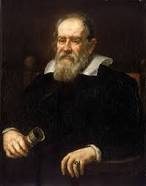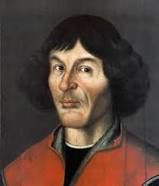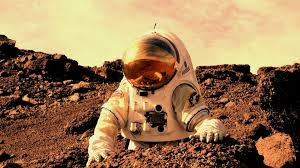
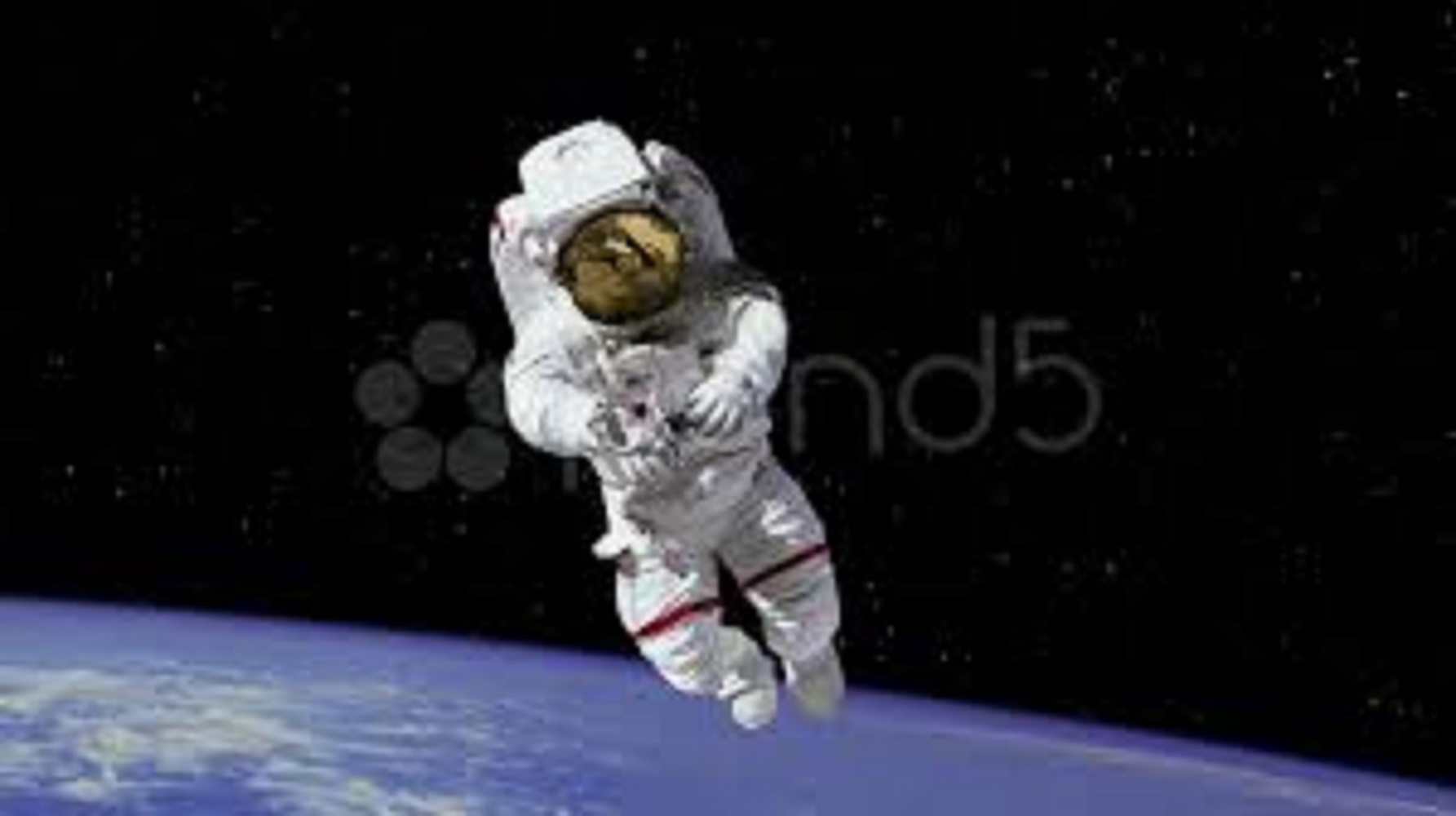


- Home1
- Solar System
- Universe
- Mercury
- Earth
- Mars
- Jupiter
- Saturn
- Uranus
- Neptune
- Venus
- Pluto
- Gravity
- Force
- Acceleration
- Radiation
- Dark Energy & Dark Matters
- Laws of Universe
- Black Hole
- Intern Article / Paper Publication
- Galaxy
- guestbook
- chatroom
- Blogger
- Membership

SPACE HERO'S

Yuri Alekseyevich Gagarin
( Russian ) ( 9 March 1934 – 27 March 1968 )First Human in Space .He was a Soviet pilot and cosmonaut and the first human to journey into outer space, when his Vostok spacecraft completed an orbit of the Earth on 12 April 1961.Gagarin became an international celebrity, and was awarded many medals and titles, including Hero of the Soviet Union, the nation's highest honour. Vostok 1 marked his only spaceflight, but he served as backup crew to the Soyuz 1 mission. Gagarin later became deputy training director of the Cosmonaut Training Centre outside Moscow, which was later named after him. Gagarin died in 1968 when the MiG-15 training jet he was piloting crashed.
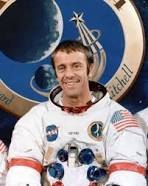
Alan B. Shepard Jr.
( White American) (November 18, 1923 - July 21, 1998 Second Human in space.''Al" Shepard, Jr. was an American naval aviator, test pilot, flag officer, NASA astronaut, and businessman, who in 1961 became the second person and the first American to travel into space.This Mercury flight was designed to enter space, but not to achieve orbit. Ten years later, at age 47 and the oldest astronaut in the program, Shepard commanded the Apollo 14 mission, piloting the lander to the most accurate landing of the Apollo missions. He became the fifth and oldest person to walk on the Moon, and the only astronaut of the Mercury Seven to walk on the Moon. During the mission, he hit two golf balls on the lunar surface

Valentina Vladimirovna Tereshkova
(Russian ) born 6 March 1937)First Women in space .She is a retired Sovietcosmonaut and engineer, and the first woman to have flown in space, having been selected from more than four hundred applicants and five finalists to pilot Vostok 6 on 16 June 1963. In order to join the Cosmonaut Corps, Tereshkova was only honorarily inducted into the Soviet Air Force and thus she also became the first civilian to fly in space.Before her recruitment as a cosmonaut, Tereshkova was a textile factory assembly worker and an amateur skydiver. After the dissolution of the first group of female cosmonauts in 1969, she became a prominent member of the Communist Party of the Soviet Union, holding various political offices. She remained politically active following the collapse of the Soviet Union and is still revered as a heroine in post-Soviet Russia.

Neil
Armstrong
( White American ) (August 5, 1930 – August 25, 2012)First Human on Moon
Apollo 11 was the spaceflight that landed the first humans on the Moon, Americans Neil Armstrong and Buzz Aldrin, on July 20, 1969, at 20:18 UTC. Armstrong became the first to step onto the lunar surface six hours later on July 21 at 02:56 UTC. he earned his bachelors at Purdue University and served as a test pilot at the National Advisory Committee for Aeronautics High-Speed Flight Station, now known as the Dryden Flight Research Center, where he logged over 900 flights. He later completed graduate at the University of Southern California. Armstrong joined the NASA Astronaut Corps in 1962.Armstrong died in Cincinnati, Ohio, on August 25, 2012, at the age of 82, after complications from coronary artery bypass surgery.


AMAZING VIDEO'S
Birth of Universe
Galaxy Stimulation
Spril Galaxy Formation
Travel the Universe (Must Watch )
How Large is Universe
Understanding the Universe
Big Bang Theory
Black Hole -What is Reality?
What is Supernova ?
Formation of Planet
Birth of Earth
End of Universe

